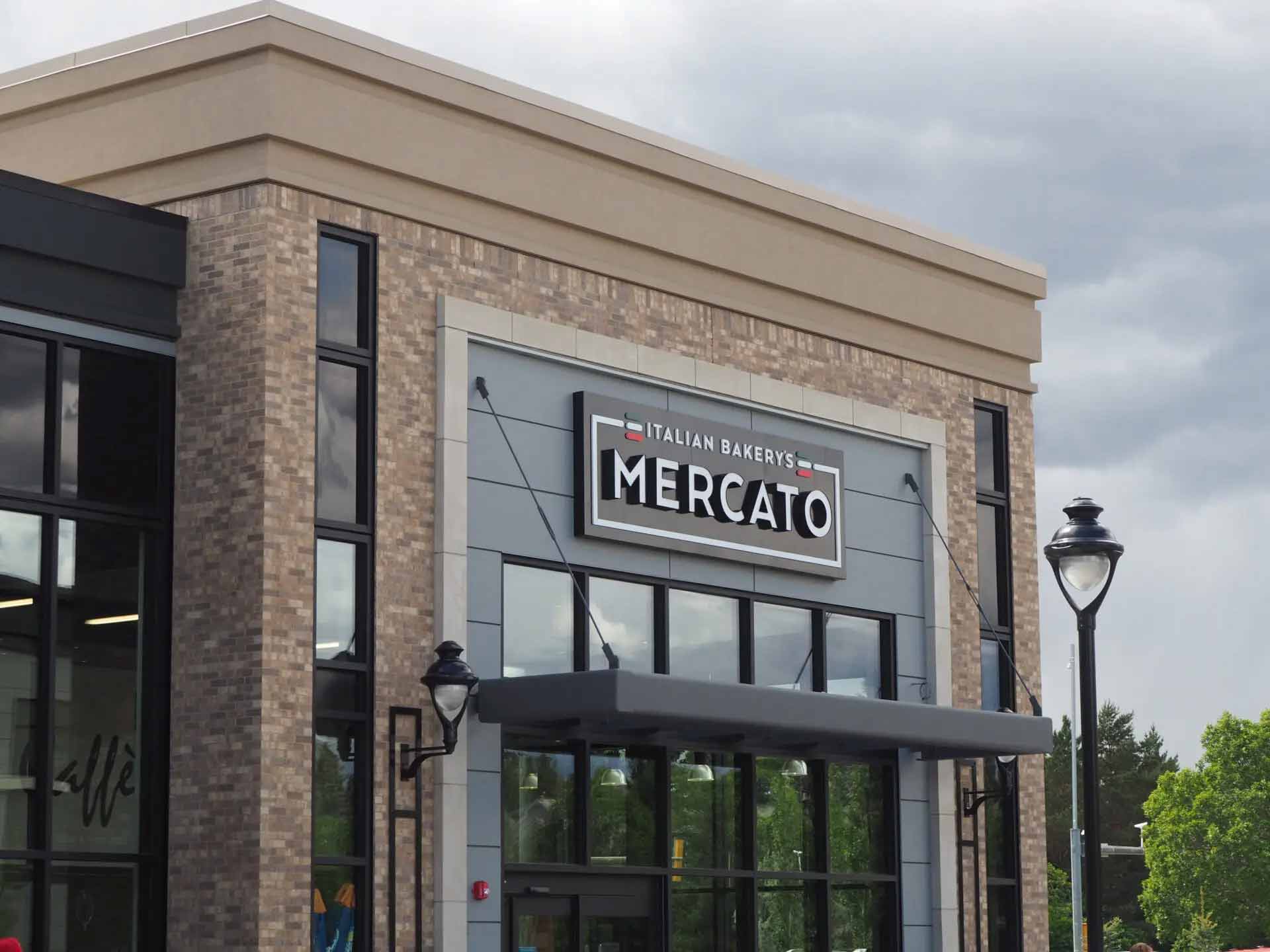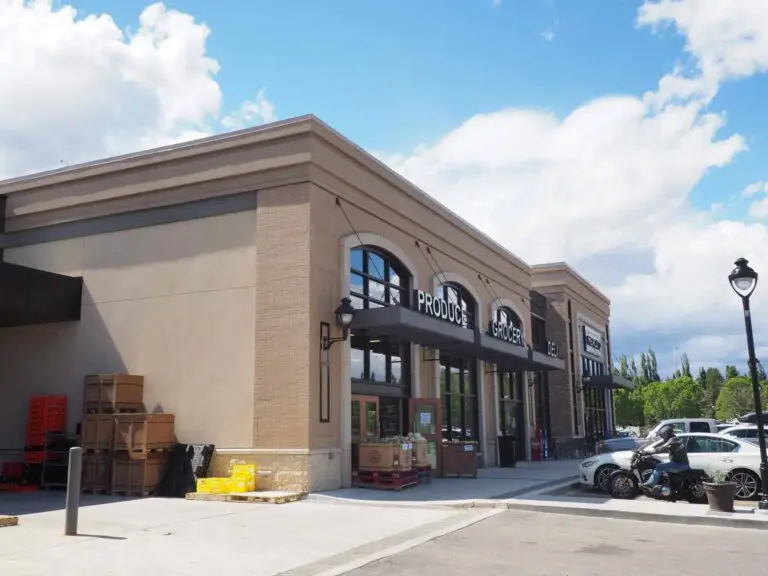
What Is The Most Serious Problem With Exterior Stucco?
Introduction
Stucco is a popular exterior finish for homes, known for its durability and aesthetic appeal. Yet, like any building material, stucco can develop issues over time. Homeowners may often wonder, "What are the most serious problems associated with stucco?" or "How can I find reliable stucco repair near me?" In this comprehensive guide, we’ll dive into the various concerns related to exterior stucco and how to effectively address them.
Identifying and Addressing the Most Serious Issues with Exterior Stucco
Understanding Stucco: What Is It?
Stucco is a cement-based material that’s applied in layers to create a textured finish on walls. Its composition typically includes Portland cement, sand, lime, and water, making it both versatile and resilient. However, despite its longevity, stucco is not immune to damage.
Common Problems with Exterior Stucco
- Cracks can appear due to temperature changes or settling of the house structure.
- Identifying cracks early can save homeowners from more extensive repairs later.
- One of the most significant risks associated with stucco is moisture retention.
- Water trapped behind stucco can lead to mold growth and structural damage.
- Termites and other pests can take advantage of compromised stucco.
- Regular inspections are crucial to catch infestations early.
- Fading colors or stains on stucco can be unsightly.
- Discoloration often results from improper installation or prolonged exposure to moisture.
- This occurs when layers of stucco separate from each other or from the substrate.
- Delamination often indicates underlying moisture issues that need immediate attention.
How to Identify These Issues Early
1. Visual Inspections
Regularly inspecting your home's exterior for signs of wear and tear is essential. Look for:
- Cracks larger than 1/8 inch
- Bulging areas
- Efflorescence (white powdery substance)
- Peeling paint
2. Moisture Testing
Using a moisture meter can help determine if there’s excess moisture behind your stucco walls. If readings are consistently high, it may indicate an issue.

3. Professional Evaluation
If you're unsure about the condition of your stucco, hiring a professional contractor who specializes in "stucco repair near me" could provide invaluable insights.
The Importance of Timely Repairs
Ignoring minor issues can lead to more severe problems down the line. For instance, what starts as a small crack could escalate into significant water damage if left unaddressed.
DIY vs. Professional Repair: What's Best?
DIY Repair Options
For minor cracks or surface issues, some homeowners may choose DIY solutions such as:
- Filling small cracks with acrylic caulk
- Repainting faded sections
However, it's essential to know when to call in professionals.
When to Call Professionals
More severe issues like delamination or extensive cracking should always be handled by specialists who can ensure proper repair techniques are used.
Choosing the Right Repair Method
Depending on the issue at hand, different repair methods may be employed:
| Issue | Recommended Repair Method | |------------------------|----------------------------------------------------| | Cracking | Fill with caulk and repaint | | Moisture Intrusion | Install drainage systems | | Pest Infestation | Treat affected professional stucco contractor areas and repair holes | | Discoloration | Clean with specialized cleaners; repaint | | Delamination | Remove affected areas and reapply new stucco |
Preventive Measures for Exterior Stucco Maintenance
- Keeping your stucco clean will prevent dirt buildup that can lead to discoloration.
- Applying a sealant every few years helps protect against moisture intrusion.
- Ensure gutters and downspouts direct water away from your home’s foundation.
- Avoid planting trees too close to your home as roots may disrupt the foundation over time.
Identifying Moisture Problems in Stucco Walls
Moisture is public enemy number one when it comes to maintaining exterior stucco finishes! You might ask yourself why this happens? It’s mainly due to improper installation techniques that trap water within wall cavities leading to rot and mold growth.
How Can Homeowners Detect Moisture?
- Use a moisture meter regularly.
- Check for signs of bubbling paint or mildew around windows and doors.
- Inspect basement areas for leaks that could compromise lower walls.
Addressing Structural Issues Underneath Your Stucco Finish
Sometimes, exterior problems stem from deeper structural issues—like foundation settling or shifting soil around your home’s perimeter—which could severely affect your stucco's integrity!
Signs That Indicate Structural Problems Include:
- Severe cracking patterns radiating from corners
- Doors and windows that no longer fit properly
- Uneven floors inside your home
In such cases, consulting a structural engineer before proceeding with any repairs is critical!
What If My Stucco Is Already Damaged? Solutions Available!
If you discover damage beyond mere surface-level cracks—don’t panic! There are plenty of effective ways you can restore it back into shape while ensuring long-term protection against future deterioration!
Repair Options Include:
Re-stuccoing: Even if old materials have worn down over time—the entire surface doesn’t need replacing! A fresh layer applied correctly will provide renewed durability!
Stucco Patch Kits: Ideal for DIY enthusiasts looking for smaller solutions without jumping through hoops!
Professional Restorative Services: When dealing with major defects—calling in experts who specialize specifically in “stucco repair near me” ensures quality workmanship!
FAQs About Exterior Stucco Issues
Q1: What causes cracking in my stucco?
A: Cracking usually occurs due to temperature fluctuations or settling foundations which create stress points along surfaces over time.
Q2: How do I know if my stucco has moisture damage?
A: Look for signs like peeling paint or discoloration—these often indicate trapped water beneath layers causing deterioration!

Q3: Can I paint over damaged stuccos?
A: Painting over damaged surfaces isn’t advisable unless they’re fixed first! Otherwise—the problem will persist underneath!
Q4: Should I hire someone for minor repairs?
A: While some small fixes are doable yourself—larger complications warrant expert attention so consider reaching out instead!
Q5: How often should I inspect my home's exterior finish?
A: Ideally twice annually—once during spring cleaning season & again before winter sets in—to catch any emerging problems early!
Q6: What is efflorescence on my stuccos?
A: Efflorescence appears as white powdery residue indicating salt deposits brought up by moisture; it suggests potential underlying water issues needing addressing promptly!
Conclusion
Maintaining an attractive exterior finish requires constant vigilance against common problems associated with stuccos—from simple cracks all the way through extensive repairs involving professional services specializing in “stucco repair near me.” By understanding these challenges ahead-of-time—and prioritizing regular checks—you’ll keep both aesthetics intact while safeguarding property value too! So take charge today; don’t let minor issues snowball into costly headaches tomorrow!
